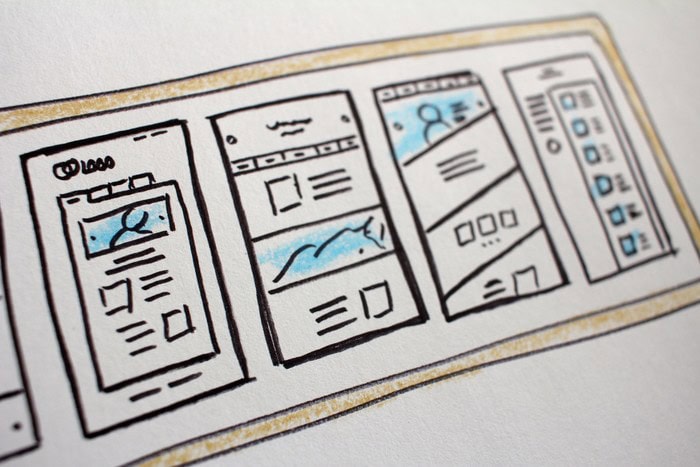How to build a great affiliate website

If you are in the process of designing an affiliate website, there are a couple of things you must know before you press publish and unveil it to the world. It may sound like a relatively simple and straightforward process, with the underlying aim of the game simply to generate passive income, but by failing to attract and retain your intended target audience with a great affiliate website, you run the risk of missing out by underperforming within your chosen niche which can also cost you a considerable amount of money. To find out how to build a great affiliate website, continue reading.
Choose a domain name
If you have decided to launch an affiliate website for the first time, choosing a domain name should be one of the first tasks on your to-do list. It is, in the very simplest of terms, the URL address consumers will search for if they wish to locate your website specifically and replaces the need to search for an individual IP address which, as you will probably agree, is not nearly as succinct and memorable. It is also commonly compared to the address of your physical house by informing consumers of where your brand, essentially, lives on the internet. If you have already selected your niche or, at the very least, chosen an industry or sector of affiliate marketing that you will focus on, you may find that this process comes somewhat naturally to you. This can provide your intended target audience with a means of reaching you with a simple and straightforward approach perhaps the best way to approach this step.
Select a web host
If you have chosen a domain name, you must then select a web host. It is a common mistake to mix up the definition of a domain name and web host but whilst they are similar, there are a number of differences that you must familiarise yourself with. To return to the previous metaphor, if your domain name is the address of your physical house, for example, your web host is the land it has been built on. It is, essentially, a virtual space that you can rent on an online server to build your affiliate website that benefits from greater power and space than if you were to do so on your personal computer. In the late 1990s and early 2000s, building a website was reserved for tech-savvy consumers with the expertise to build a website by programming HTML but due to emerging technological advancements in the years since, and content management software, in particular, the entire process is now widely accessible, readily available, and extremely manageable.
Establish a content plan
To establish a content plan, you must first understand a number of underlying concepts that will help you form a basic framework of your content plan. In the marketing world, for example, a visitor funnel is the process of carrying your visitors through a multi-step funnel to differentiate between consumers that are likely to abandon their mission and consumers that are interested in taking a desired action. This is especially important considering that the underlying goal of building a great affiliate website is to generate passive income. In addition to a visitor funnel, you must also consider visitor intent or, put simply, the intention of your visitors when they visit your website. This can help you identify your intended target audience’s collective needs, wants, and desires at various stages throughout the buying journey as well as the content they want to consume and, therefore, the content you should create.
Customise with key features
If you have chosen a domain name, selected a web host, and established a content plan, you must customise with key features. This includes selecting a theme and installing important plug-ins with any minor or major decision you make always relating back to your brand with consistency and coherence reminding your intended target audience of your branding and reassuring them that they are in the right place at the right time. If you are unfamiliar with plug-ins, however, it may also benefit you to know that they can have a positive impact on your ability to make a considerable amount of money with the opportunity to rely on a plug-in to establish a payment system, track engagement and sales, and even send an email newsletter.
If you are interested in building a great affiliate website, there are a number of factors that you must consider sooner rather than later. It may, for example, benefit you to choose a domain name to replace your IP address, select a web host with content management software, establish a content plan by paying close attention to your visitor funnel and visitor intent, and customise with key features including a theme and plug-ins.






